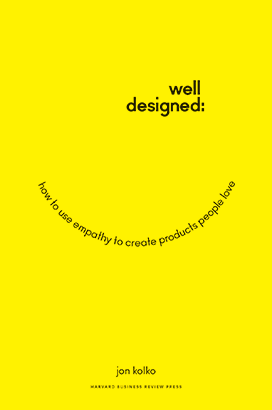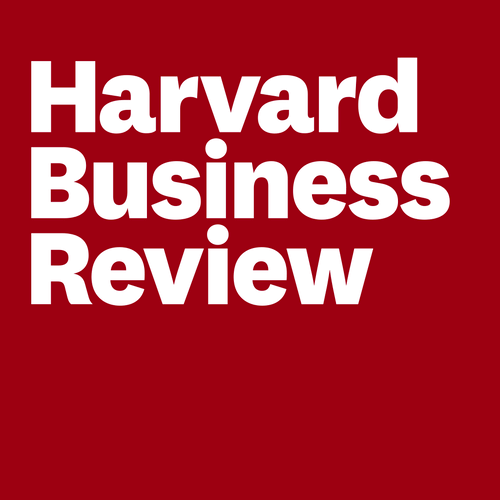
This is from 2015 | 8 minute read
A Process for Empathetic Product Design
I was previously VP of Design at MyEdu, where we focused on helping college students succeed in college, show their academic accomplishments, and gain employment. MyEdu started with a series of free academic planning tools, including a schedule planner. As we formalized a business model focused on college recruiting, we conducted behavioral, empathetic research with college students and recruiters. This type of qualitative research focuses on what people do, rather than what they say. We spent hours with students in their dorm rooms, watching them do their homework, watch TV, and register for classes. We watched them being college students, and our goal was not to identify workflow conflicts or utilitarian problems to solve; it was to build a set of intuitive feelings about what it means to be a college student. We conducted the same form of research with recruiters, watching them speak to candidates and work through their hiring process.
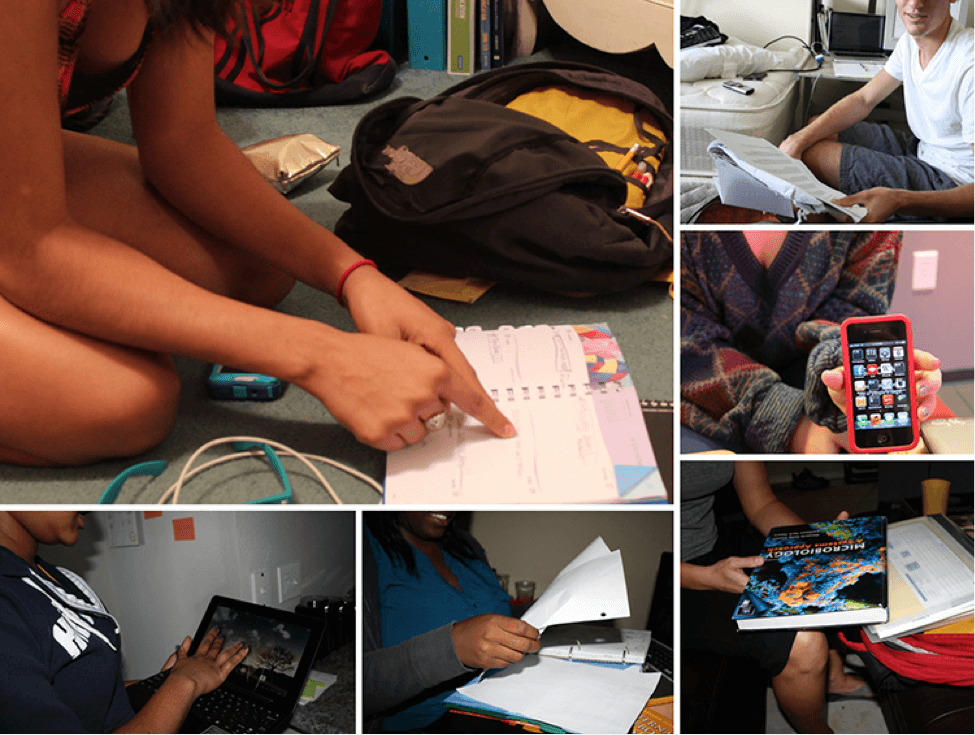
This form of research is misleadingly simple – you go and watch people. The challenge is in forging a disarming relationship with people in a very, very short period of time. Our goal is to form a master/apprentice relationship: we enter these research activities as a humble apprentice, expecting to learn from a master. It may sound a little funny, but college students are masters of being in academia, with all of the successes and failures this experience brings them.
As we complete our research, we transcribe the session in full. This time-consuming effort is critical, because it embeds the participants’ collective voice in our heads. As we play, type, pause and rewind our recordings, we begin to quite literally think from the perspective of the participant. I’ve found that I can repeat participant quotes and “channel” their voice years after a research session is over. We distribute the transcriptions into thousands of individual utterances, and then we post the utterances all over our war room.
The input of our behavioral research is a profile of the type of people we want to empathize with. The output of our research is a massive data set of verbatim utterances, exploded into individual, moveable parts.
Once we’ve generated a large quantity of data, our next step is to synthesize the contents into meaningful insights. This is an arduous, seemingly endless process – it will quite literally fill any amount of time you allot to it. We read individual notes, highlight salient points, and move the notes around. We build groups of notes in a bottom-up fashion, identifying similarities and anomalies. We invite the entire product team to participate; if they have 15 or 30 minutes, they are encouraged to pop in, read some notes, and shift them to places that make sense. Over time, the room begins to take shape. As groupings emerge, we give them action-oriented names. Rather than using pithy labels like “Career Service” or “Employment”, we write initial summary statements like “Students write resumes in order to find jobs.”

When we’ve made substantial progress, we begin to provoke introspection on the categories by asking Why-oriented questions. And the key to the whole process is that we answer these questions, even though we don’t know the answer for sure. We combine what we know about students with what we know about ourselves. We build on our own life experiences, and as we leverage our student-focused empathetic lens, we make inferential leaps. In this way, we drive innovation, and simultaneously introduce risk. In this case, we asked the question, “Why do students develop resumes to find jobs?” and answered it, “Because they think employers want to see a resume.” This is what Roger Martin refers to as “abductive reasoning” – a form of logical re-combination to move past the expected and into the provocative world of innovation.
Finally, when we’ve answered these “Why” questions about each group, we create a series of insight statements. Insights are provocative statements of truth about human behavior. We’ll build upon the why statement, abstracting our answer away from the students we spent time with, and making a generalization about all students. We asked “Why do students develop resumes to find jobs?” and we answered it, “Because they think employers want to see a resume.” Now, we’ll craft an insight statement, “Students think they have an idea of what employers want in a candidate, but they are often wrong.” We’ve shifted from a passive statement to an active assertion. We’ve made a large inferential leap. And we’ve arrived at the scaffold for a new product, service, or idea.
We can create a similar provocative statement of truth about recruiters. Based on our research, we identified that recruiters spend very little time with each resume, but have very strong opinions of candidates. Our insight statement becomes “Recruiters make snap judgments, directly impacting a candidate’s chances of success.”
The input of our synthesis process is the raw data from research, transcribed and distributed on a large wall. The output of our synthesis process is a series of insights – provocative statements of truth about human behavior.
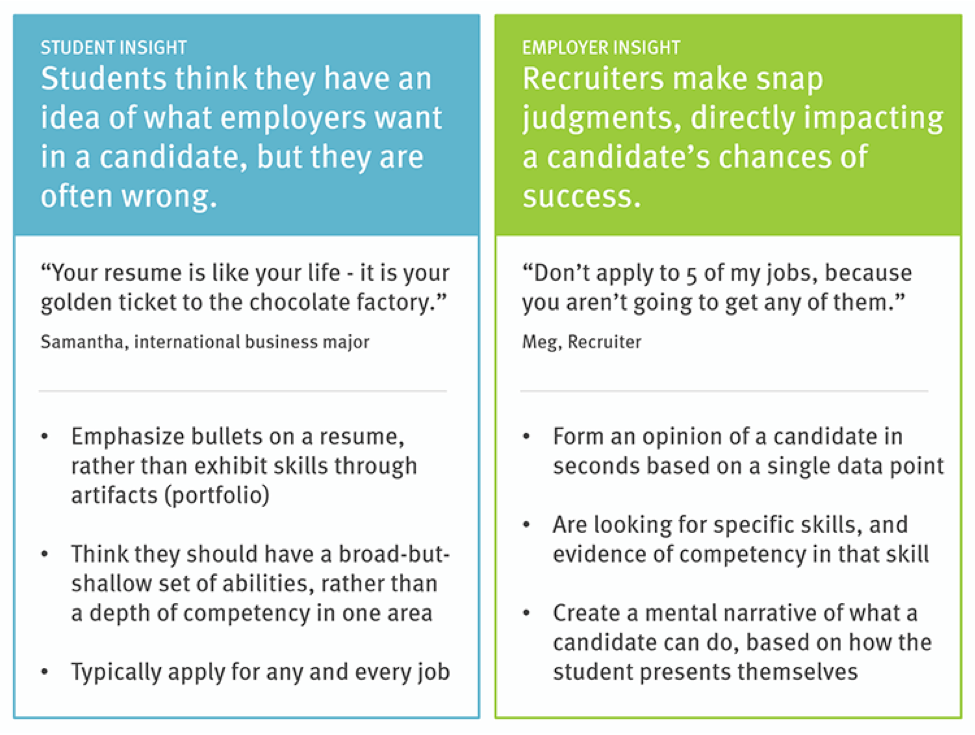
Now, we can start to merge and compare insights in order to arrive at a value proposition. As we connect the two insights above and juxtapose them, we narrow-in on a what-if opportunity. What if we taught students new ways to think about finding a job? What if we showed students alternative paths to jobs? What if we helped students identify their skills and present them to employers in a credible way?
If we subtly shift the language, we arrive at a capability value proposition. MyEdu helps students identify their skills and present them to employers in a credible way.

This value proposition is a promise. We promise to students that, if they use our products, we’ll help them identify their skills and show these skills to employers. If we fail to deliver on that promise, students have a poor experience with our products – and leave. The same is true for any product or service company. When Comcast promises to deliver internet access to our home, but doesn’t, we get frustrated. If they fail frequently enough, we dump them for a company with a similar, or better, value proposition.
Insights act as the input to this phase in the empathetic design process, and the output of this process is an emotionally charged value promise.
Armed with a value proposition, we have constraints around what we’re building. In addition to an external statement of value, this statement also indicates how we can determine if the capabilities, features, and other details we brainstorm are appropriate to include in the offering. If we dream up a new feature and it doesn’t help students identify their skills and present them to employers in a credible way, it’s not appropriate for us to build. The value promise becomes objective criteria in a subjective context, acting as a sieve through which we can pour our good ideas.
Now, we tell stories – what we call “hero flows,” or the main paths through our products that help people to become happy or content. These stories paint a picture of how a person uses our product to receive the value promise. We write these, draw them as stick figures, and start to actually sketch the real product interfaces. And then, through a fairly standard product development process, we bring these stories to life with wireframes, visual comps, motion studies, and other traditional digital product assets.
Through this process, we developed the MyEdu Profile: a highly visual profile that helps students highlight academic accomplishments and present them to employers in the context of recruiting.
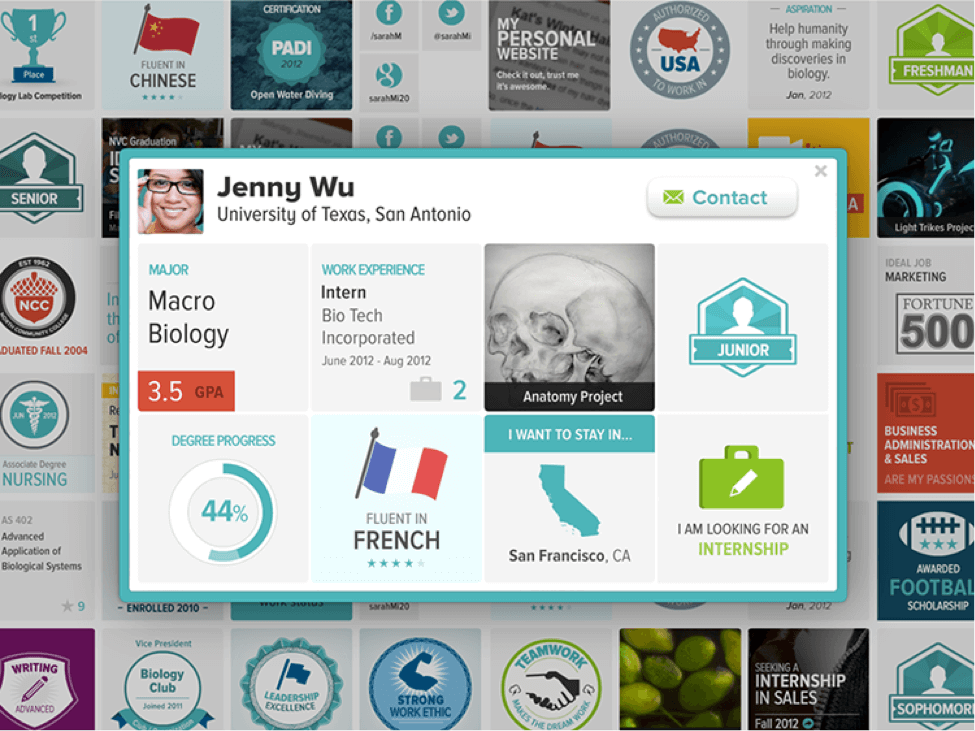
During research, we heard from some college students that “LinkedIn makes me feel dumb.” They don’t have a lot of professional experiences, so asking them to highlight these accomplishments is a non-starter. But as students use our free academic planning tools, their behavior and activities translate to profile elements that highlight their academic accomplishments: we can deliver on our value proposition.
Our value proposition acts as the input to the core of product development. The output of this process is our products – facilitating the iterative, incremental set of capabilities that shift behavior and help people achieve their wants, needs, and desires.
The case above illustrates what we call ”empathetic research.” We marinated in data and persevered through a rigorous process of sensemaking in order to arrive at insights. We leveraged these insights to provoke a value proposition, and then we built stories on top of the entire scaffold. And as a result of this process, we created a product with emotional resonance. The profile product attracted over a million college students in about a year, and during a busy academic registration period, we saw growth of 3000-3500 new student profiles a day. After we were acquired by Blackboard and integrated this into the flagship LMS, we saw growth of 18,000-20,000 new student profiles a day.
The process described here is not hard, and it’s not new – companies like frog design have been leveraging this form of approach for years, and I learned the fundamentals of empathetic design when I was an undergraduate at Carnegie Mellon. But for most companies, this process requires leaning on a different corporate ideology. It’s a process informed by deep qualitative data rather than statistical market data. It celebrates people rather than technology. And it requires identifying and believing in behavioral insights, which are subjective and, in their ambiguity, full of risk.
Kolko, Jon (2015), "A Process for Empathetic Product Design". Harvard Business Review, 4/23/2015.
